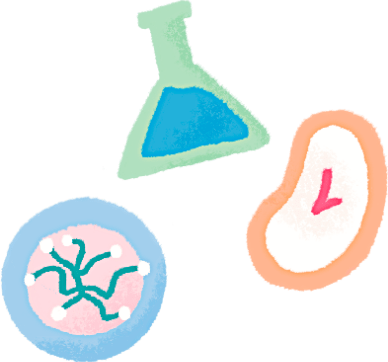Type Of Media:学術論文
Publication/Magazine/Media:ACS Omega
Author:H. Chaya, M. Naito, K. Toh, N. Yamada, K. Taniwaki, Y. Kinoshita, S. Fukushima, K. Minegishi, Y. Aoki, T. Nagata, T. Yokota, K. Kataoka and K. Miyata*
Enhanced Accumulation of Heteroduplex Oligonucleotides in Dystrophin-Deficient Skeletal Muscles by Single Oligonucleotide-Loaded Unit Polyion Complexes
Efficient delivery of oligonucleotide drugs to muscle tissues remains a significant challenge in nanomedicine and oligonucleotide therapeutics. A primary obstacle is the blood-muscle barrier, a continuous endothelium within muscle tissues that impedes the extravasation of conventional nanomedicines, typically ranging from a few tens of nanometers to 100 nm. To address this challenge, we developed an ultrasmall oligonucleotide nanomedicine, termed the unit polyion complex (uPIC), using a single molecular oligonucleotide with Y-shaped block catiomers. Heteroduplex oligonucleotide (HDO)-loaded uPICs with hydrodynamic diameters of approximately 20 nm were prepared. Comparative analysis revealed that HDO-loaded uPICs accumulated significantly more in the dystrophin-deficient quadriceps of Duchenne muscular dystrophy model (mdx) mice than HDO-loaded lipid nanoparticles (∼90 nm in size). This enhanced accumulation is attributed to superior extravasation and prolonged blood retention of the uPICs. Additionally, the uPICs effectively induced gene knockdown in the quadriceps, highlighting the efficacy of downsizing nanomedicine for overcoming the dystrophin-deficient blood-muscle barrier.
https://doi.org/10.1021/acsomega.5c02207

